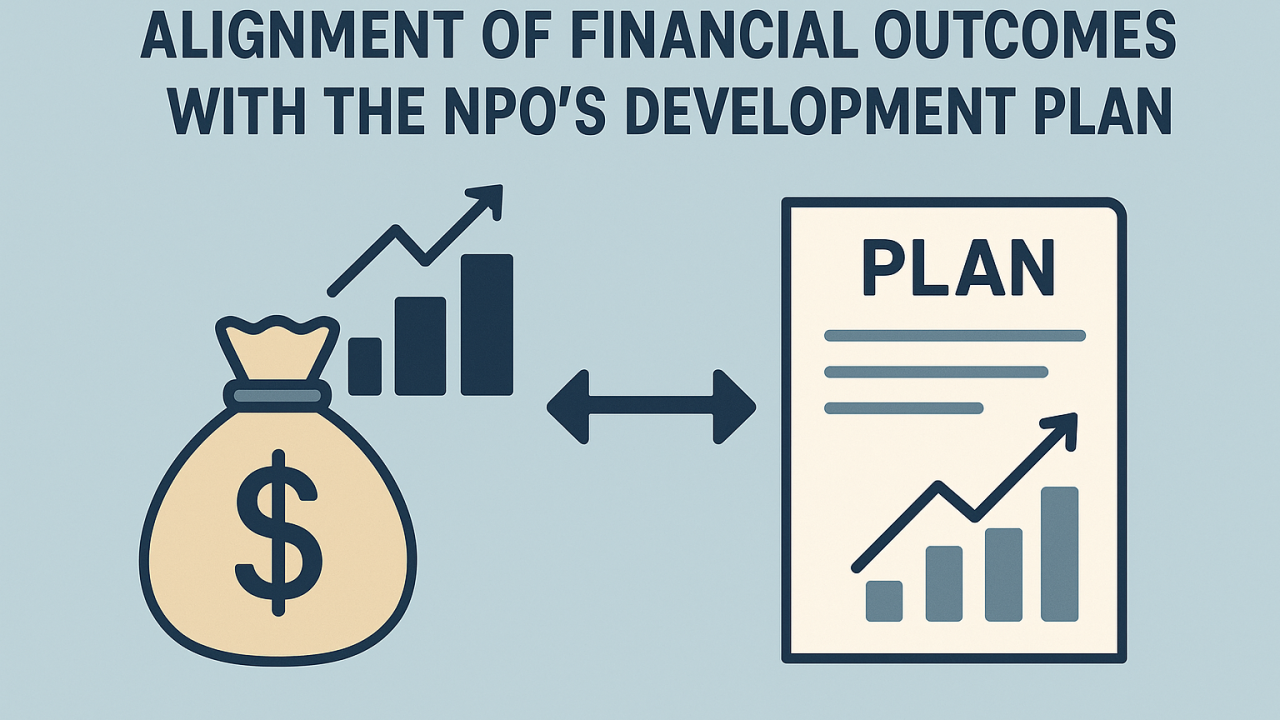Liderança | Empreendedorismo | Gestão | Planeamento | Estratégia | Escrita para Financiamento | Especialista em financiamento para desenvolvimento | Orador internacional
11 de junho de 2025
In the rapidly evolving landscape of social impact, non-profit organizations (NPOs) are increasingly expected to operate with the strategic rigor of private enterprises while maintaining their mission-driven essence. This convergence has brought renewed attention to financial performance as an indicator of organizational health. However, a critical paradox persists: positive financial outcomes do not necessarily translate into effective mission delivery. In fact, overemphasis on financial surplus may obscure the very inefficiencies and misalignments that hinder real social transformation.
A non-profit with a robust balance sheet is not inherently a successful organization. Financial stability, while essential for operational continuity, is not a sufficient condition for mission fulfillment. As Ebrahim and Rangan (2014) assert, “success in the nonprofit sector is not measured by profits but by the extent to which an organization achieves its intended social impact.” This distinction is fundamental. A financially sound NPO may still be underperforming in terms of delivering on its promise to the communities it serves if resources are not strategically deployed in alignment with its development plan.
The strategic development plan of an NPO outlines its priorities, vision for change, and the roadmap to achieving impact. Financial decisions must be subordinated to this strategic compass, not the reverse. Misalignment occurs when fundraising, budgeting, and spending are dictated by donor agendas or short-term revenue goals rather than the long-term vision. In such cases, financial success becomes disconnected from programmatic effectiveness—a phenomenon termed “mission drift” (Jones, 2007).
Aligning financial outcomes with strategic intent requires a shift in internal culture and governance. Leaders must resist the temptation to chase unrestricted surpluses or low-impact projects with high returns, and instead focus on high-impact initiatives that may be resource-intensive but are central to the organization’s mission. This demands rigorous impact measurement systems and the courage to divest from popular but ineffective programs.
In the business world, efficiency is often synonymous with cost-cutting. In the nonprofit sector, however, efficiency must be understood as the ability to maximize impact with the least possible resource expenditure. It is not about doing less, but about doing better with less. According to Kaplan (2001), “strategic alignment is the key to leveraging scarce resources for maximum social value.” This involves not only careful budgeting but also human capital optimization, volunteer engagement, and technological innovation.
Efficiency does not mean underfunding critical areas such as monitoring, evaluation, or staff development. On the contrary, strategic investment in these domains can enhance the long-term effectiveness of NPOs, enabling them to achieve deeper and more sustainable impact. Transparency in cost structures and clarity in the causal chain between financial input and social output are essential.
The future of NPO effectiveness lies in cultivating a performance-informed culture, where financial results are contextualized within a broader matrix of social outcomes, stakeholder feedback, and long-term vision adherence. This approach not only enhances accountability but also fosters continuous learning and adaptive management. Organizations that succeed in aligning financial and strategic performance tend to exhibit stronger governance, clearer mission focus, and greater legitimacy in the eyes of funders and beneficiaries alike (Letts, Ryan & Grossman, 1999).
Financial health remains a vital enabler for non-profits, but it must not be confused with effectiveness. The true benchmark of success is the capacity to achieve transformative social impact efficiently and sustainably. Non-profit leaders, boards, and funders must collectively champion a paradigm where financial metrics are tools in service of strategy—not substitutes for it. Only then can we ensure that every money spent brings us closer to a more just and equitable world.
References:
Ebrahim, A., & Rangan, V. K. (2014). What impact? A framework for measuring the scale and scope of social performance. California Management Review, 56(3), 118–141. https://doi.org/10.1525/cmr.2014.56.3.118
Jones, B. (2007). The Challenge of Mission Drift in Nonprofit Organizations. Nonprofit Quarterly. Retrieved from https://nonprofitquarterly.org/the-challenge-of-mission-drift/
Kaplan, R. S. (2001). Strategic Performance Measurement and Management in Nonprofit Organizations. Nonprofit Management and Leadership, 11(3), 353–370. https://doi.org/10.1002/nml.11308
Letts, C. W., Ryan, W. P., & Grossman, A. (1999). High Performance Nonprofit Organizations: Managing Upstream for Greater Impact. New York: Wiley.


